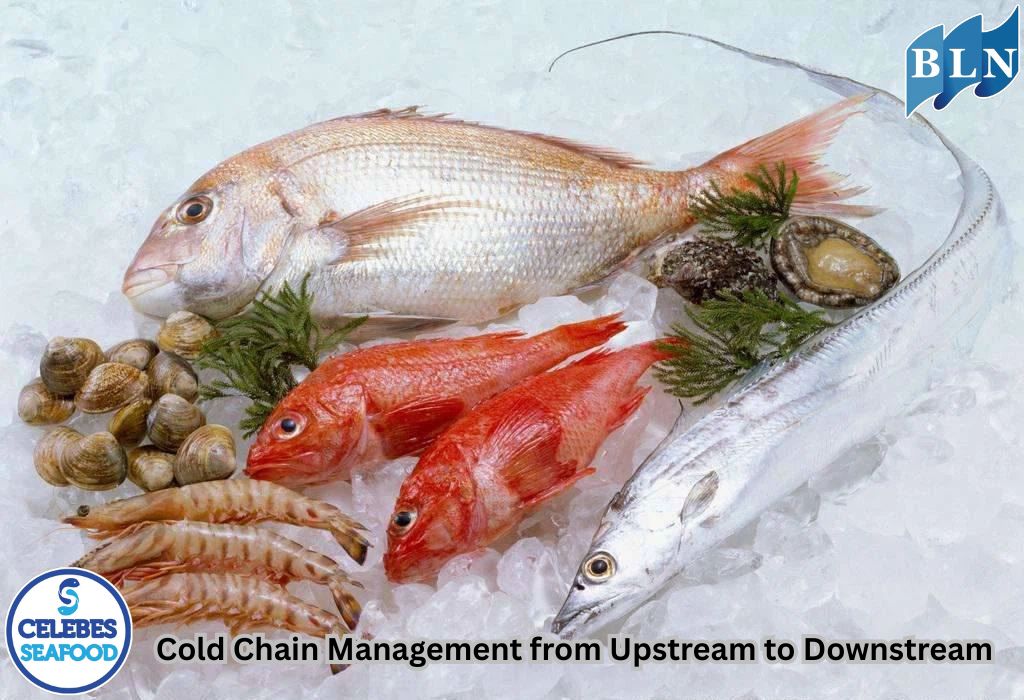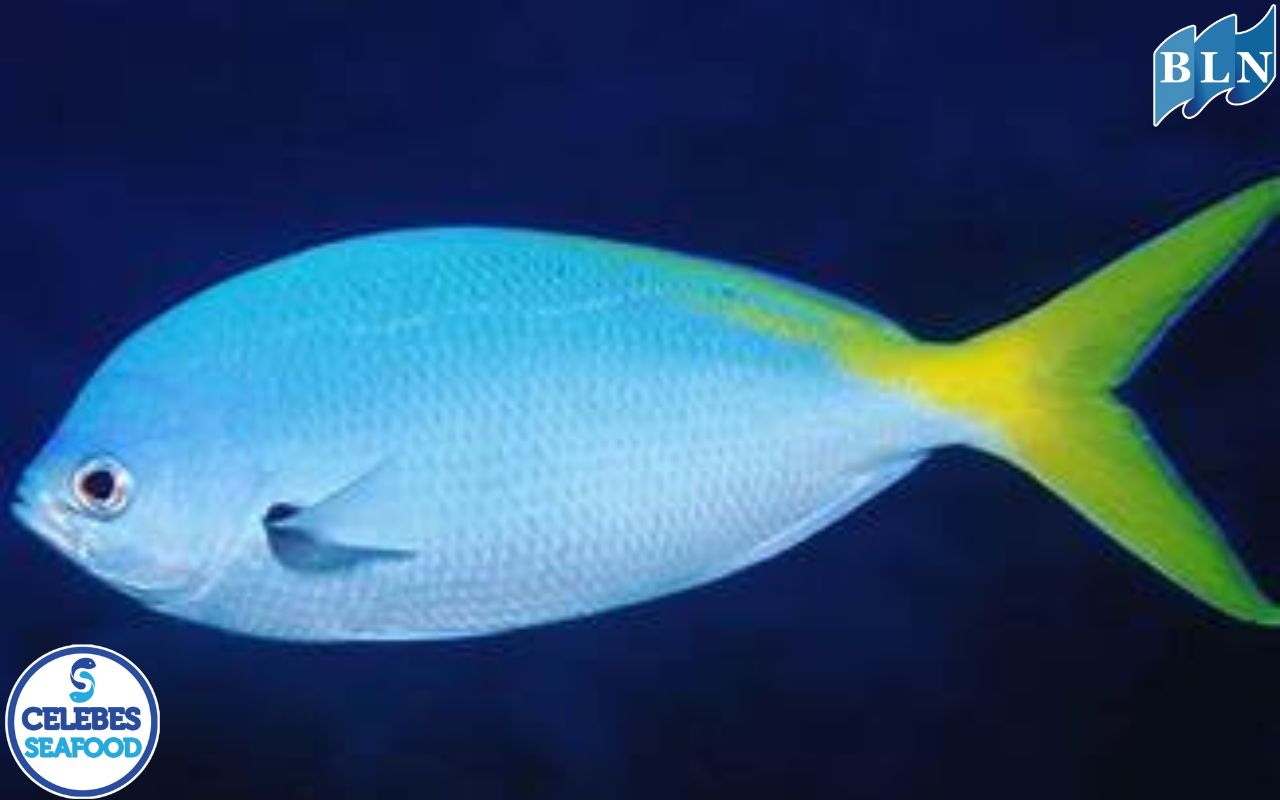Snakehead Fish: 9 Benefits and What You Need to Know Before Consuming It
By. Rani - 22 May 2025
lautnusantara.com Snakehead fish is a freshwater fish widely consumed by Indonesians. Consuming this fish in the right amounts and methods can provide numerous health benefits, including accelerating wound healing and preventing heart attacks.
Though it might look intimidating with its snake-like head, snakehead fish, or Channa striata, contains a wealth of beneficial nutrients. In markets, it's typically available fresh or dried. Snakehead fish can be fried, grilled, or made into soup. However, to maximize its benefits, it's important to know the correct portions and preparation methods.
Snakehead Fish and its Nutritional Connent
Snakehead fish is good for everyone, including toddlers and pregnant women. 100 grams of snakehead fish contains 80 calories and various beneficial nutrients essential for the body, such as:
- 16 grams of protein
- 254 milligrams of potassium
- 170 milligrams of calcium
- 140 milligrams of phosphorus
- 65 milligrams of sodium
- 335 micrograms of vitamin A
In addition to these, snakehead fish also contains carbohydrates, iron, copper, vitamin B2, and omega-3 fatty acids.
Diverse Health Benefits os Snakehed Fish
Thanks to its varied nutrients, there are several benefits you can gain from consuming snakehead fish. Here are some of the health benefits of snakehead fish:
1. Accelerates Wound Healing
Some studies show that consuming snakehead fish can aid in wound healing. This benefit comes from its high content of amino acids, particularly glycine. Amino acids can accelerate skin tissue formation and increase collagen production.
2. An Ideal Pre-Workout Meal
Consuming snakehead fish is known to boost physical stamina. This benefit is due to its protein content, which serves as a good energy source for the body. Protein takes longer to digest, providing a stable and sustained energy source. Therefore, this fish can be a good choice for a pre-workout meal.
3. Builds Muscle Mass
Besides boosting stamina, the protein in snakehead fish can also build muscle mass. Protein is processed into amino acids, which the body then uses to form muscle tissue. However, consuming high-protein foods like snakehead fish alone isn't enough to build muscle mass. Regular exercise, especially weight training, is also necessary for optimal muscle development.
4. Prevents Osteoporosis
Consuming snakehead fish can also prevent osteoporosis. This benefit comes from its calcium, phosphorus, and protein content. These three nutrients maintain bone density and strength, reducing the risk of osteoporosis.
5. Prevents Macular Degeneration
Eating snakehead fish can also prevent age-related macular degeneration (AMD). This is because snakehead fish contains high levels of vitamin A. Vitamin A is a crucial component for maintaining retinal function. Furthermore, this vitamin keeps the cornea clear and moist, thus maintaining overall eye health.
6. Manages High Blood Pressure
Rich in potassium, snakehead fish can lower blood pressure in individuals with hypertension. This is because potassium can relax blood vessels, leading to a decrease in blood pressure. Additionally, the potassium in snakehead fish helps excrete excess sodium from the body, which can cause increased blood pressure.
7. Prevents Heart Attacks
Because it can lower blood pressure, consuming snakehead fish can also prevent heart attacks. High blood pressure is a risk factor for heart attacks. This benefit of snakehead fish is also due to its potassium content, which helps the heart beat more regularly. This maintains heart health and reduces the risk of heart attacks.
8. Prevents Premature Birth
The omega-3 fatty acid called DHA in snakehead fish is beneficial for reducing the risk of premature birth. This is because DHA has anti-inflammatory effects that can prevent contractions before the delivery time. Moreover, the omega-3 fatty acids in snakehead fish can reduce the risk of other pregnancy complications like preeclampsia and low birth weight in babies.
9. Maximizes Child Growth and Development
Thanks to its abundant nutrients, adding snakehead fish to your child's complementary feeding menu can also optimize their growth and development. This benefit comes from the omega-3 fatty acids in snakehead fish, which can enhance nerve, brain, and eye development. Besides omega-3s, the calcium in snakehead fish also supports the growth of children's bones and teeth.
Not only for children and toddlers, but these benefits of snakehead fish can also be obtained by the fetus through the mother. Pregnant women who consume snakehead fish will lower the risk of birth defects in babies and maximize the development of the fetal brain and nervous system.
Side Effects of Consuming Snakehead Fish
While rich in nutrients and offering many health benefits, consuming snakehead fish too frequently is not recommended. This is because snakehead fish is one of the fish that contains mercury.
Consuming too much snakehead fish can increase mercury levels in the body. This can trigger damage to the brain, heart, kidneys, lungs, and immune system. Here are some symptoms or conditions that can occur if you consume snakehead fish too often:
- Muscle atrophy
- Nerve disorders, such as tingling or numbness
- Sensory impairments, including difficulty or inability to speak or hear
- Inability to control movement, even paralysis
- Body tremors and seizures
- Vision problems, such as blurred (double) vision and blindness
- Depression and difficulty controlling emotions
- Memory impairment, such as difficulty concentrating and forgetfulness
Additionally, if pregnant women consume snakehead fish too often, the mercury content in the fish can interfere with or even damage the fetal brain and nervous system. This puts the fetus at risk of developmental disorders, such as cognitive and motor function impairments, and language abilities.
Recommendations for Consuming Snakehead Fish
Mercury is indeed harmful to health. However, you don't need to worry because the mercury content in snakehead fish is still considered safe, as long as the fish is prepared and consumed wisely.
Not all snakehead fish contain mercury or have dangerous levels of mercury. The mercury level in snakehead fish depends on its habitat or farming location. Snakehead fish living in environments near mining areas tend to have higher mercury levels due to environmental contamination. Meanwhile, snakehead fish cultivated in private ponds usually contain no mercury at all.
However, due to limited information about snakehead fish farming locations, especially if you buy it at a supermarket, it's advisable to limit your consumption of snakehead fish to 2–3 servings per week, or about 150 grams for adults and 75 grams for children.
Also, make sure the snakehead fish you consume is cooked thoroughly. This way, you can enjoy the benefits of snakehead fish without worrying about the dangerous risks of its mercury content.
If you still have questions regarding the benefits or dangers of snakehead fish, don't hesitate to consult a doctor. They can provide information and advice on the safe amount of snakehead fish consumption based on your needs.
If you are interested in our product WAHOO NATURAL CUT FILLET SKIN ON, WAHOO QUARTER CUT FILLET SKIN ON please do not hesitate to contact us through email and/or whatsapp.


.jpg)


.jpg)

